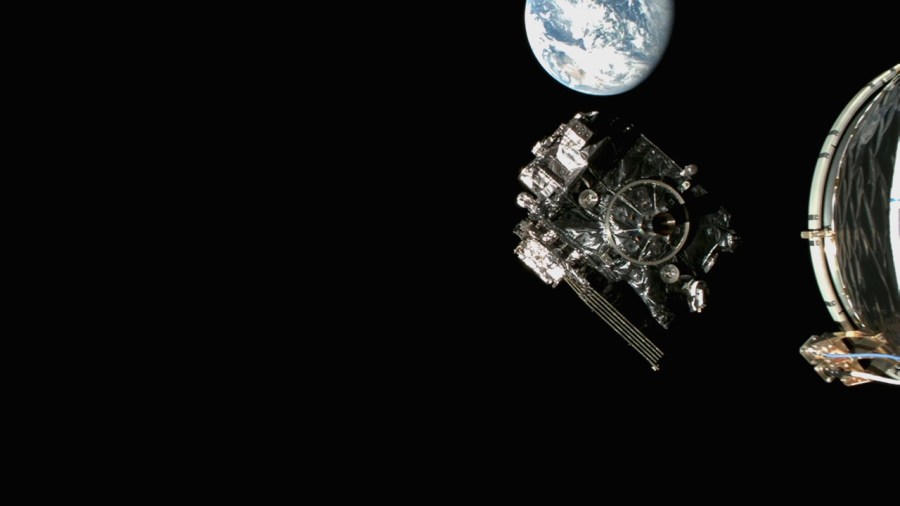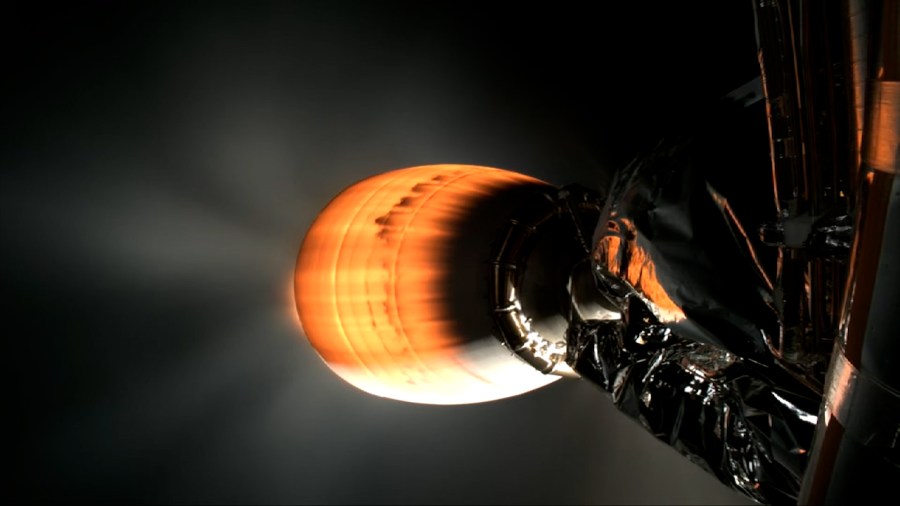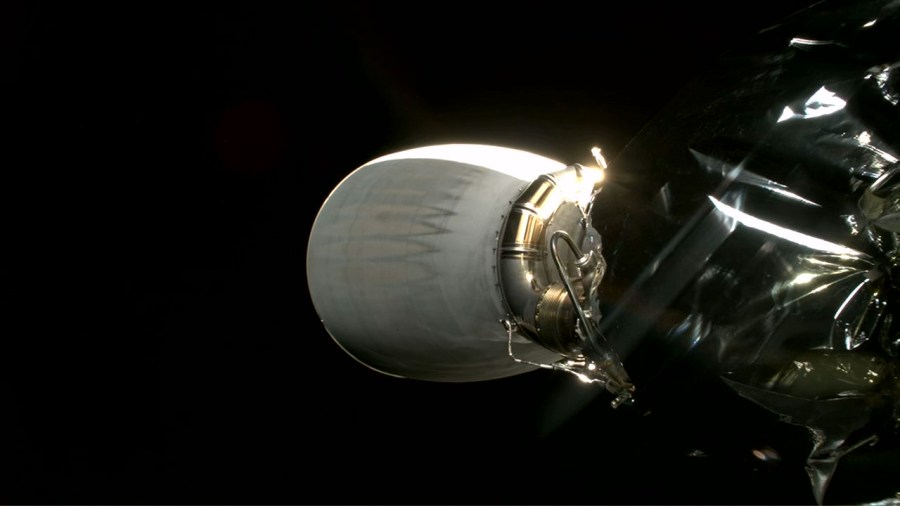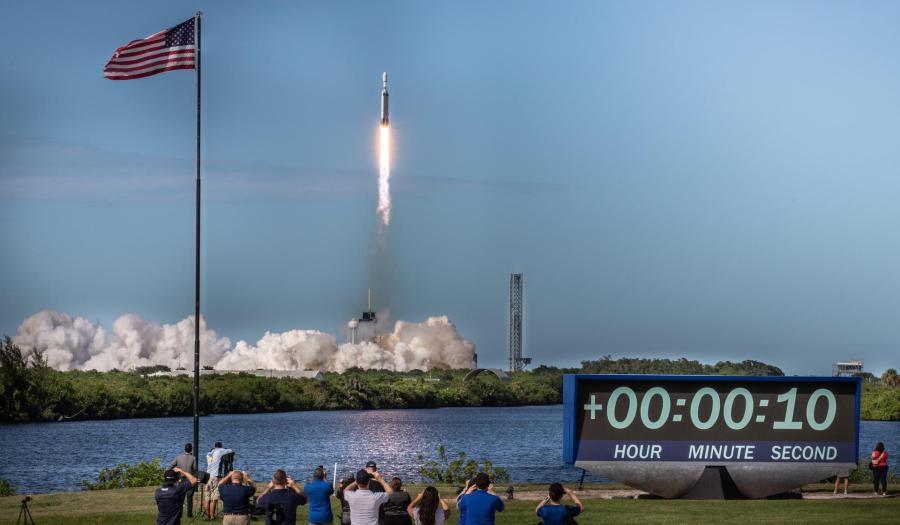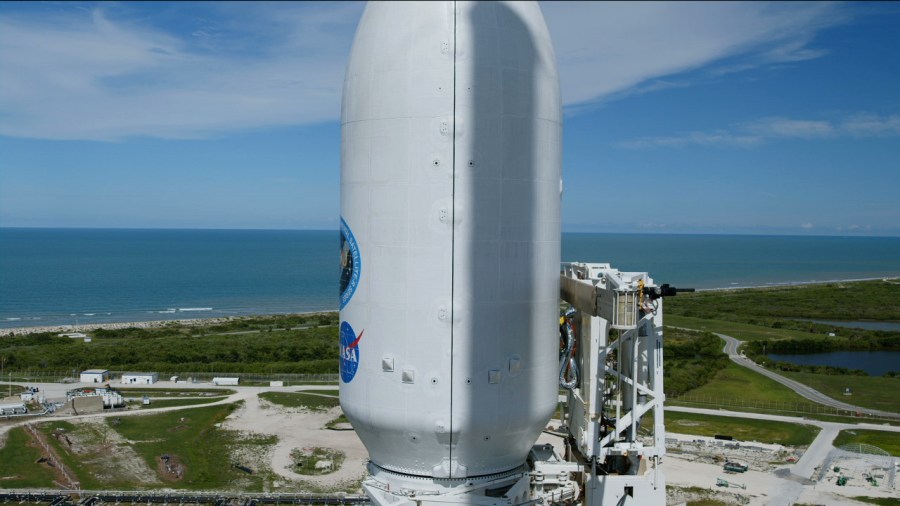The NOAA (National Oceanic and Atmospheric Administration) team received telemetry from GOES-U (Geostationary Operational Environmental Satellite U), indicating the spacecraft is functioning nominally and is power positive. The NOAA GOES-U satellite has now safely deployed, and NOAA has acquired a signal. GOES-U will take about two weeks to reach geostationary orbit. Once there, the satellite …
Signal Acquired! NOAA GOES-U Weather Satellite Begins Its Science Mission


























